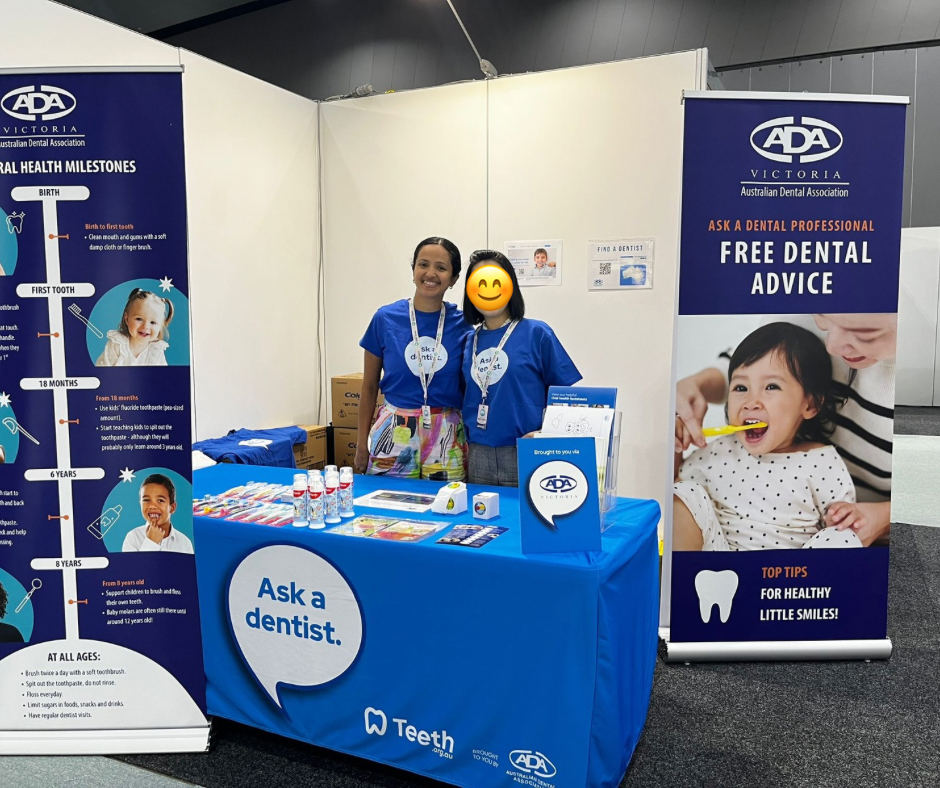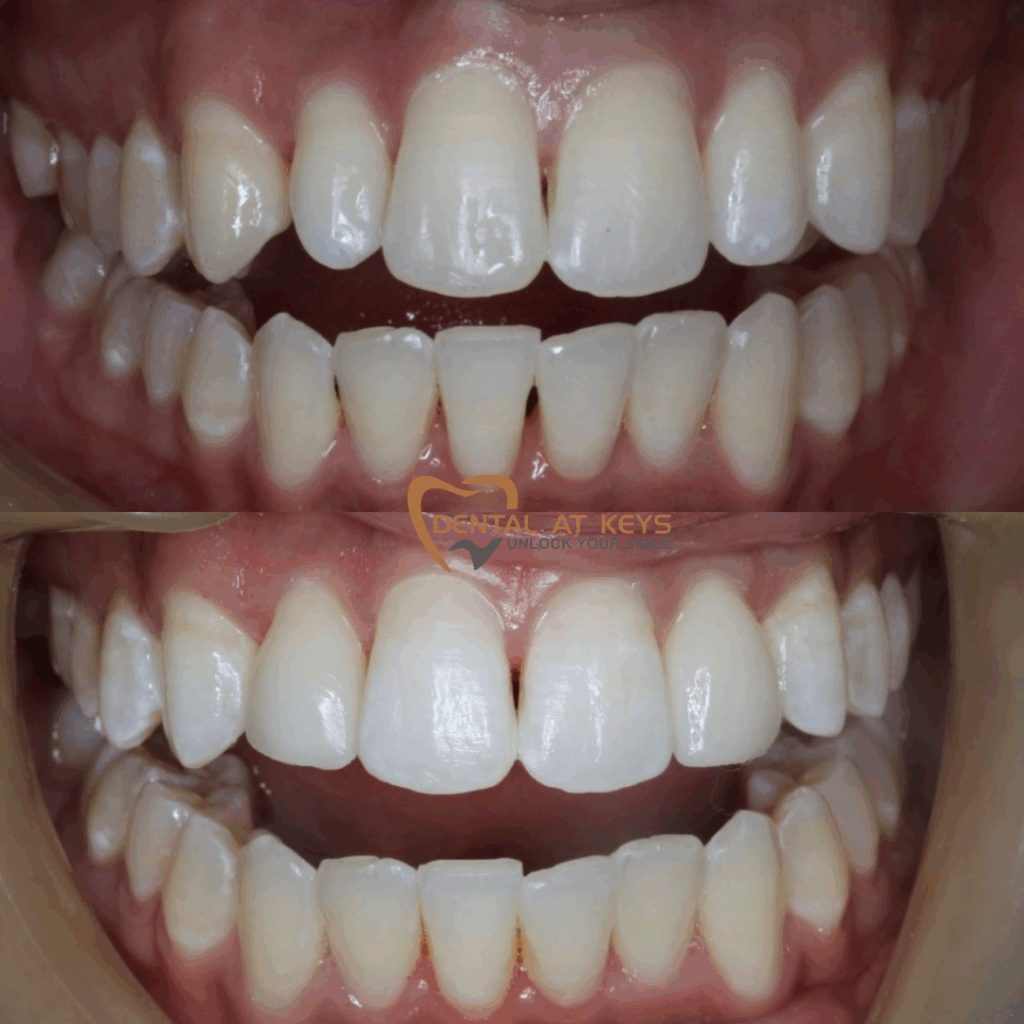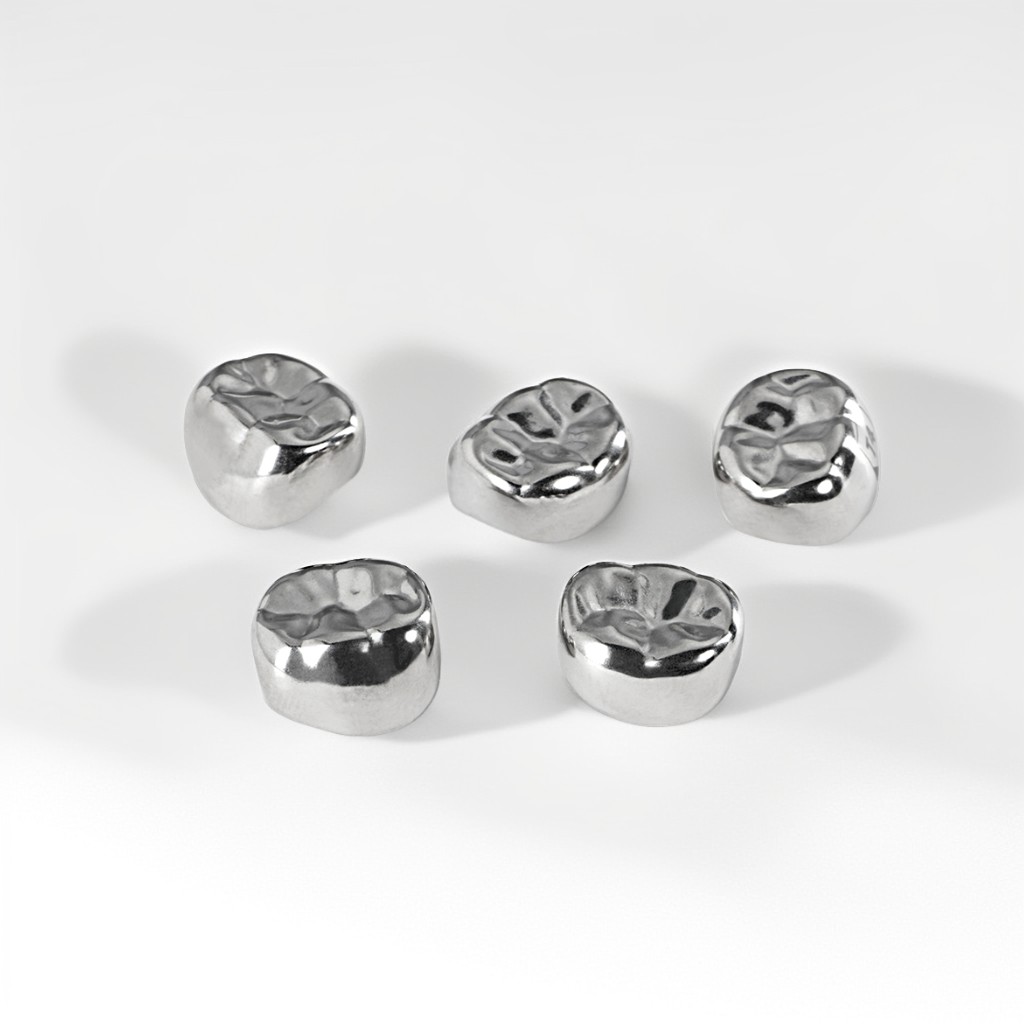What is Tooth Decay?

Tooth decay, also known as dental caries, stands as the most prevalent noncommunicable disease globally. Also known as teeth decay or a cavity, it is the unsightly brown or black spot on your tooth. Addressing it promptly is essential as it can often lead to further progression of the decay into the tooth. This may result in you needing more complex dental procedures such as Root Canals, Dental Crowns or even Tooth Extractions.
Tooth decay is caused by the build-up of plaque, a sticky film of bacteria on the teeth. When you eat or drink sugary foods, the bacteria in plaque produce acids that attack the tooth enamel, leading to cavities (holes). Poor oral hygiene, frequent snacking, and consuming sugary drinks or foods increase the greatly risk of tooth decay.
Common symptoms of tooth decay include sensitivity to hot or cold foods, persistent toothaches, visible holes in your teeth, discolouration and bad breath. It is important to note that there are instances where large cavities may exist without any signs or symptoms. This underscores the importance of early detection and swift dental intervention in effectively managing tooth decay.
Remember to schedule regular dental check-ups and cleanings to detect and address any potential issues early on. Dental X-rays are essential for the early detection of cavities as many of these decayed areas start between teeth and we are unable to visualise them until it’s too late.
Signs and Symptoms of Tooth Decay
Tooth decay occurs when acids from plaque and bacteria erode the enamel, leading to cavities and damage to the tooth structure. Detecting decay early is essential to prevent pain, infection, and tooth loss.
Common signs and symptoms include:
Tooth sensitivity
Discomfort or sharp pain when eating or drinking something hot, cold, sweet, or acidic.
Visible holes or pits in teeth
Cavities may appear as small dark spots or visible openings in the enamel.
Toothache
Persistent or occasional pain without an obvious cause.
Discolouration
White, brown, or black spots on the tooth surface.
Bad breath or unpleasant taste
Caused by bacterial activity inside the cavity.
Pain when biting down
Indicates deeper decay possibly affecting the inner tooth layers.
Swelling or gum irritation
Decay near the gumline may lead to local inflammation.
Pain is not a reliable indicator of Tooth decay. It can progress without pain in its early stages and even when there is an abscess! Regular dental check-ups are the best way to catch problems before they become serious.


Causes of Tooth Decay
Tooth decay is caused by a combination of factors that allow bacteria in the mouth to produce acids, which erode tooth enamel. Over time, this can lead to cavities, pain, and infection. Common causes include:
Poor oral hygiene
Infrequent brushing and flossing allow plaque and bacteria to build up on teeth.
Frequent sugar and starch consumption
Sugary snacks, soft drinks, and processed foods feed bacteria that produce tooth-damaging acids especially if consumed often.
Acidic foods and drinks
Soft drinks, energy drinks, flavoured milk, juices, alcoholc and weaken enamel over time.
Dry mouth (xerostomia)
Reduced saliva flow means less natural rinsing and protection against acids.
Deep grooves and pits in teeth
These can trap food particles and make cleaning harder.
Worn fillings or dental work
Damaged restorations can create spaces for bacteria to thrive.
Medical conditions
Acid reflux, eating disorders, or certain medications can increase enamel erosion risk.
Grinding and Cracked Teeth
Occasionally, severe grinding can lead to cracked teeth. Teeth with cracks offer a pathway for bacteria to build-up inside the tooth and eventually results in tooth decay.
Prevention tips for Tooth Decay
The best way to avoid tooth decay is to stop it before it starts. Good oral hygiene and healthy lifestyle choices make all the difference:
- Brush twice a day with fluoride toothpaste to remove plaque and strengthen enamel.
- Floss daily to clean between teeth where a toothbrush can’t reach.
- Limit sugary and acidic foods/drinks like soft drinks, lollies, and fruit juices.
- Drink plenty of water, especially after meals, to wash away food particles.
- Have regular dental check-ups and cleans so your dentist can detect early signs of decay before they worsen.
- Use dental sealants for added protection on molars, especially in children.


Treatment
If tooth decay has already developed, treatment will depend on the severity:
Fluoride treatments
Help remineralise early decay and strengthen enamel.
Dental fillings
Repair cavities by removing decay and sealing the tooth.
Inlays/onlays or crowns
Restore larger areas of damage while preserving tooth structure.
Root canal therapy
Treat decay that has reached the tooth pulp, saving the tooth from extraction.
Tooth extraction
Necessary only if the tooth is severely damaged and cannot be restored.
The earlier tooth decay is detected, the simpler and more affordable treatment will be. Regular dental visits are the best way to protect your teeth for life.
Our trained professionals live to fight dental caries. They're the ones to help save your teeth from Tooth Decay!
Dental Services
Full Mouth Dental Implants
Dental Implants
Invisalign
Clear Aligners
Cosmetic Dentist
Veneers
Sleep Dentistry
Teeth Whitening
Wisdom Tooth
Orthodontics
Jaw Expansion
Tooth Extraction
Dental Crown
Dental Bridge
Root Canal Treatment
General Dentistry
Gum Disease Treatment
Tooth Filling
Teeth Cleaning
Dentures
Sleep Apnoea
TMJ
Occlusal Splint
Mouth Guard
Family Dental
Kids Dental
Silver Diamine Fluoride
Fissure Sealants
Frequently Asked Questions

What causes tooth decay?
Tooth decay occurs when bacteria in your mouth feed on sugars from food and drinks, producing acids that attack and weaken your tooth enamel. Over time, this leads to cavities and further dental problems if untreated.
Can tooth decay be reversed?
Yes — in its very early stages, tooth decay can be reversed through remineralization using fluoride treatments, good oral hygiene, and dietary changes. Once a cavity forms, however, professional dental treatment is needed.
How can I prevent tooth decay naturally?
Brushing twice a day with fluoride toothpaste, flossing daily, limiting sugary snacks and drinks, and drinking water regularly are the most effective natural ways to prevent decay.
What happens if tooth decay is left untreated?
If left untreated, tooth decay can progress deeper into the tooth, causing pain, infection, and even tooth loss. Advanced decay may require more invasive treatments like root canal therapy or extraction.












